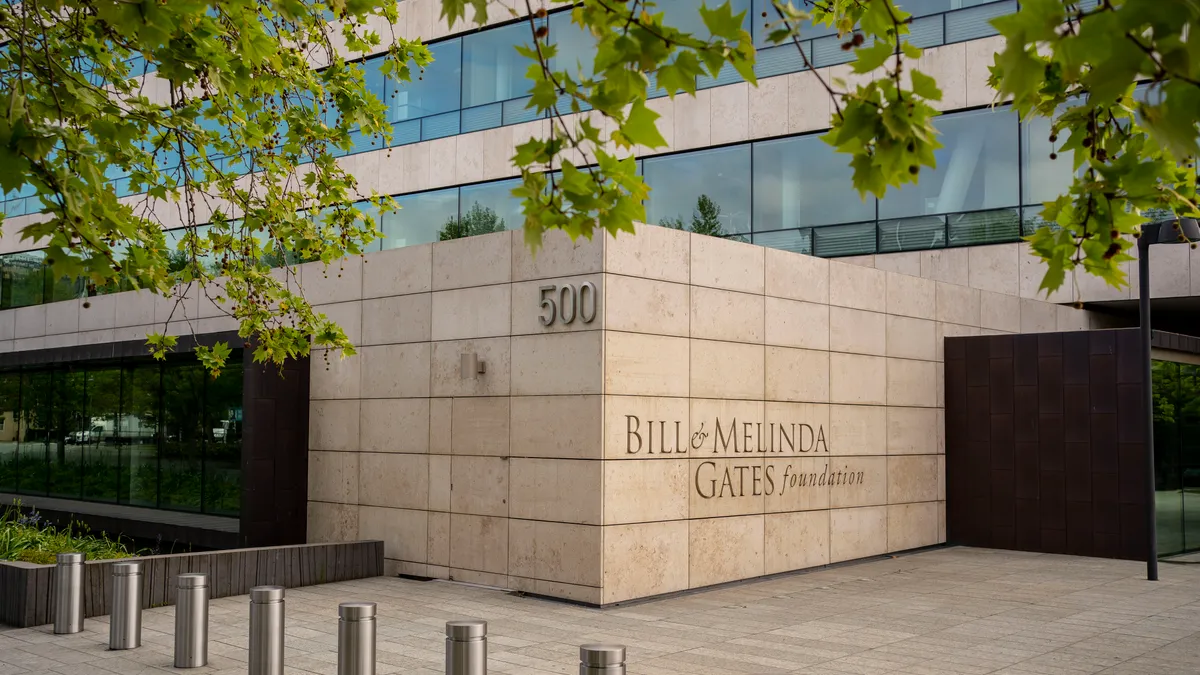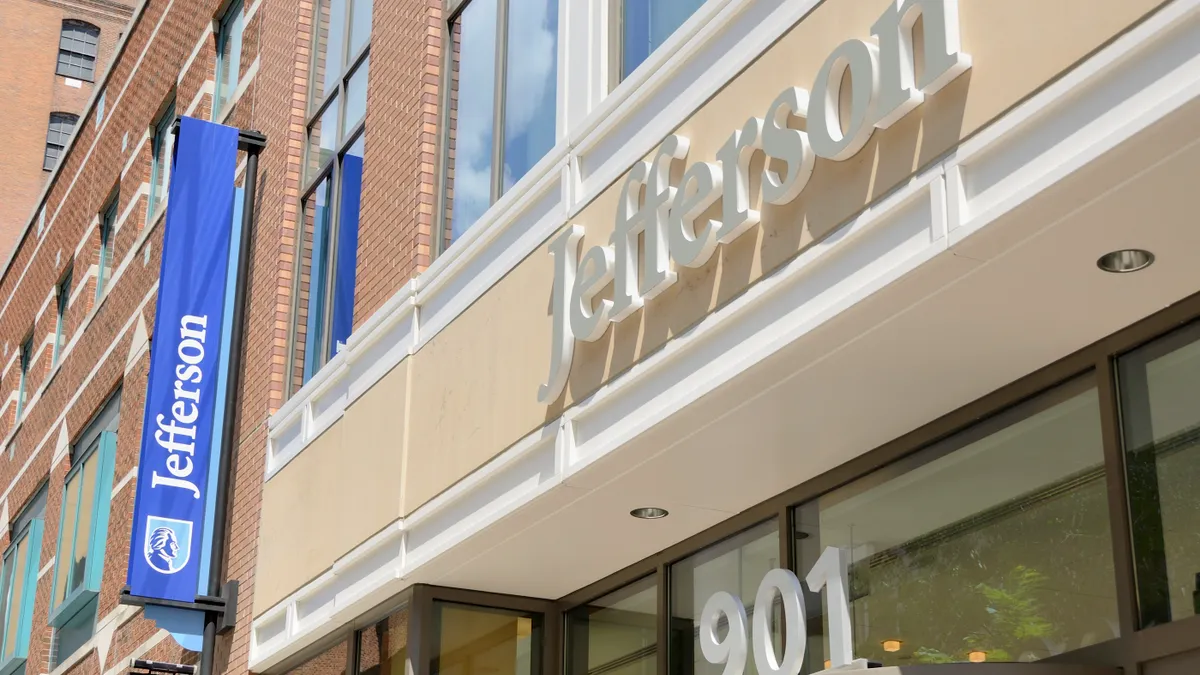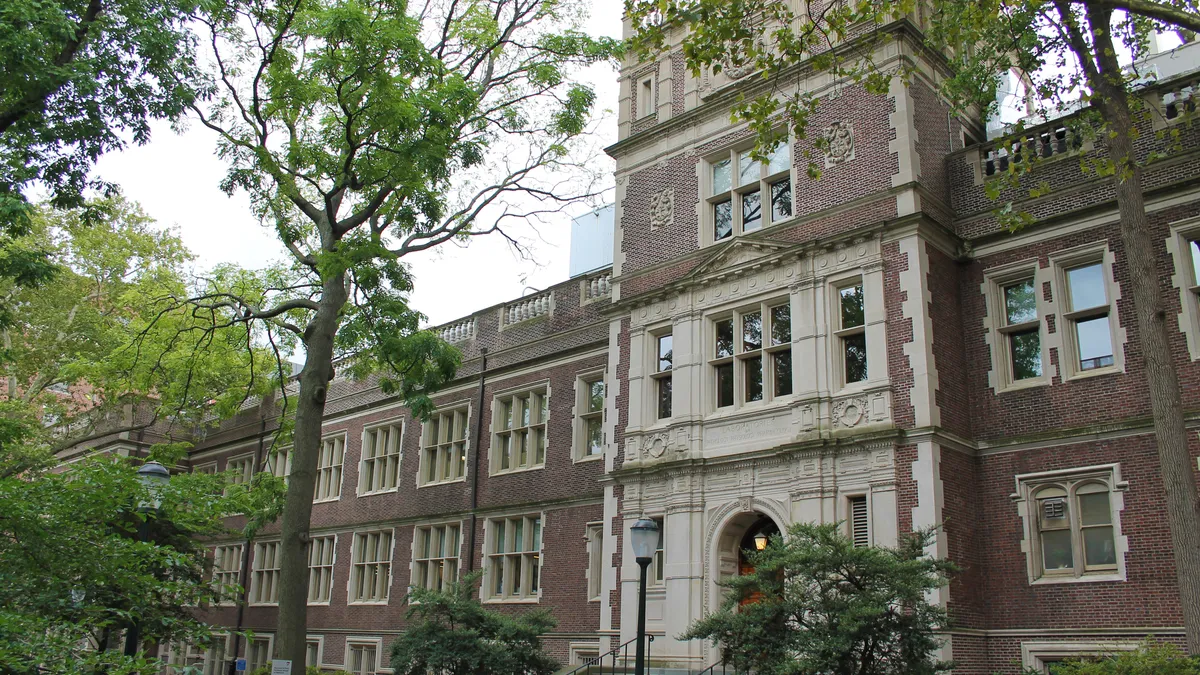The Bill & Melinda Gates Foundation will spend $100 million over five years to fund a group of nonprofit organizations working to help colleges "transform themselves" in the face of falling enrollment, increasing demands for educated workers and declining public confidence in higher education, it said Thursday.
That means overhauling colleges' business models, structures and cultures to boost student outcomes, which can be measured by metrics like graduation rates and successful transfers from community colleges to four-year institutions. The foundation also wants the effort to help institutions address stubborn equity gaps so race, ethnicity, family income and other demographics don't predict whether a student is likely to graduate from college.
The Gates Foundation is calling the six organizations receiving funding intermediaries. The effort is part of an evolving strategy for one of higher education's most recognized philanthropic funders.
Philanthropy hasn't always had all the pieces in place needed to to drive lasting change in higher education. Community is important for college leaders, because institutions don't operate in a vacuum.
Leaders talk to each other about what works and what doesn't, said Patrick Methvin, director of postsecondary success at the Gates Foundation. College presidents want to know who they can speak to openly about challenges.
In other words, access to communities or groups that can connect organizations with different areas of expertise is considered critical.
The number of organizations focused on equitable student success has also grown over the last decade or so, Methvin said. Today, there are more groups that know how to support institutions and that can point to a successful track record.
"We believe we've learned along the way from our grant-making," Methvin said during a Thursday conference call with reporters to discuss the new initiative. "I think we are going to learn as much from these intermediaries as they do from each other during the process."
The six organizations set to receive the funding are:
- American Association of State Colleges and Universities, an association of almost 400 public colleges and systems.
- American Indian Higher Education Consortium, which represents 37 tribal colleges and universities.
- Complete College America, a national advocacy group spanning 48 states and higher ed systems.
- Excelencia in Education, a nonprofit focused on Latino success in postsecondary education.
- Growing Inland Achievement, a K-16 education collaborative in California's Inland Empire region.
- United Negro College Fund, a membership organization for historically Black colleges and universities.
The foundation has worked for several years under an effort it calls Intermediaries for Scale, spending $12.3 million to prepare organizations for college transformation work. Each intermediary organization receiving part of the new money will choose which colleges it will work with.
The American Association of State Colleges and Universities, for example, named 19 institutions participating in a program it calls the Student Success Equity Intensive. The colleges serve a total of 228,843 full-time equivalent students, and average 42% eligibility for federal Pell Grants, which are considered a proxy for students' low-income status.
"The level of support is significant and means that AASCU member institutions will continue to lead the nation on postsecondary student success for America’s new majority at state colleges and universities," AASCU President Mildred García said in a statement.
Together, intermediary organizations have the potential to reach a large number of students. Their umbrella covers 18% of all institutions and 48% of all undergraduates, Chrystie Hill, postsecondary success deputy director at the foundation, said during Thursday's call..
"Most importantly, that represents 60% of Black students, 64% of Latino students, and 41% of Indigenous students in the entire system," Hill said.
The foundation chose the intermediaries based on several factors, evaluating how well they understand root causes driving the need for institutional transformation — such as financial sustainability or student success gaps. Other factors included the likelihood an intermediary's approach could drive large-scale changes, the likelihood changes will last and whether the organization is equity focused.
Philanthropy has for years targeted funding efforts to boost college students’ success. But the new effort makes equitable outcomes an explicit priority, Methvin said.
"We got 10 years of increased graduation rates," Methvin said. "That's good. Just under 1 percentage point per year. But we did not see those were equitable across the board."
The new money also fits into a larger effort by some funders to send money to a broader range of institutions than has traditionally received large donations. Methvin pointed to author and major Amazon shareholder MacKenzie Scott's donations — hundreds of millions of dollars over the last several years, many of which went to HBCUs, institutions without big endowments and colleges that serve a large number of low-income students.













